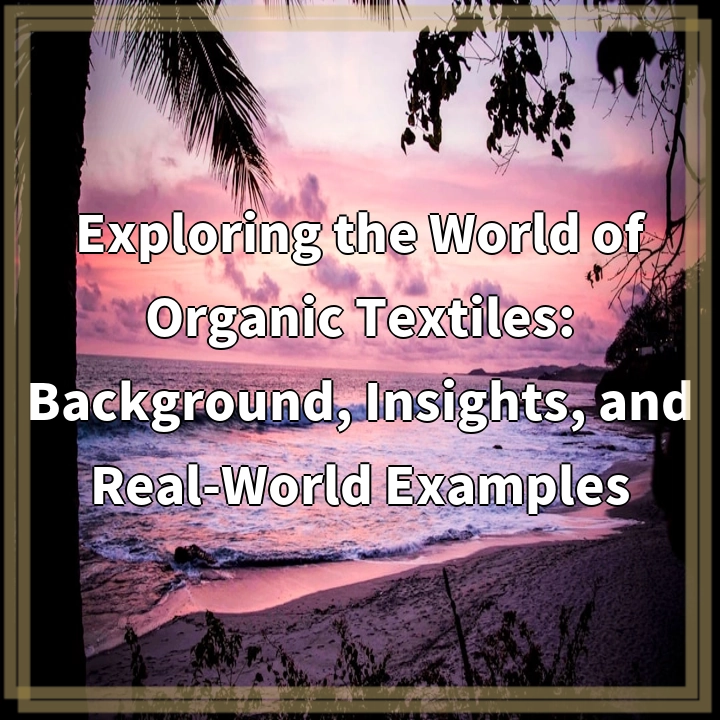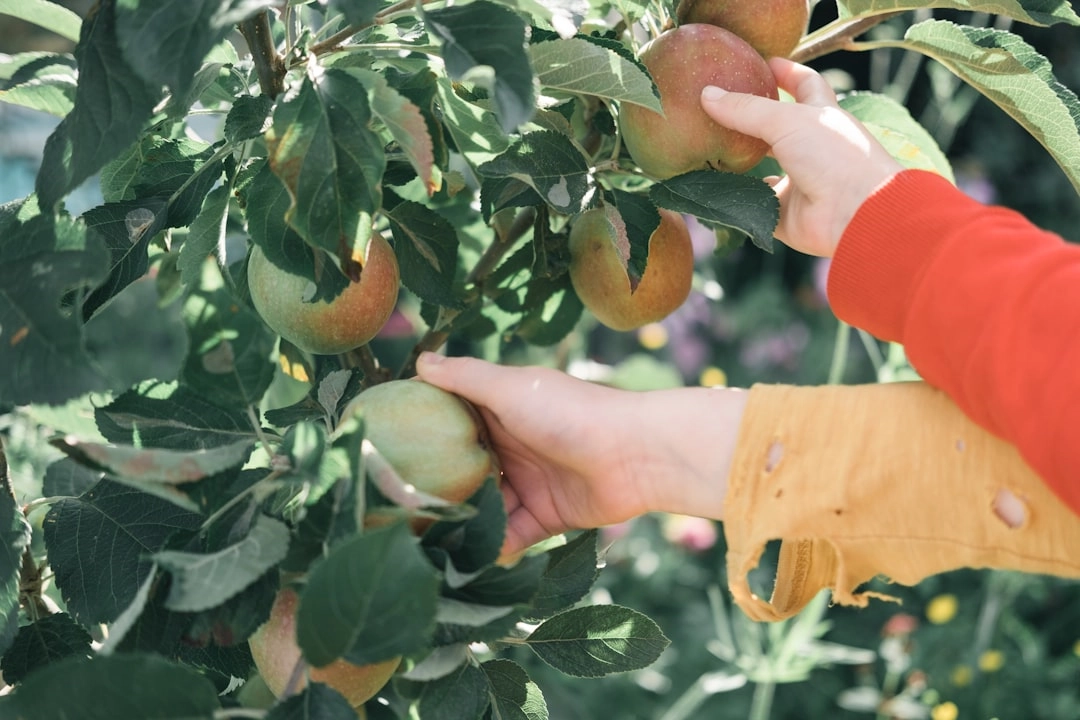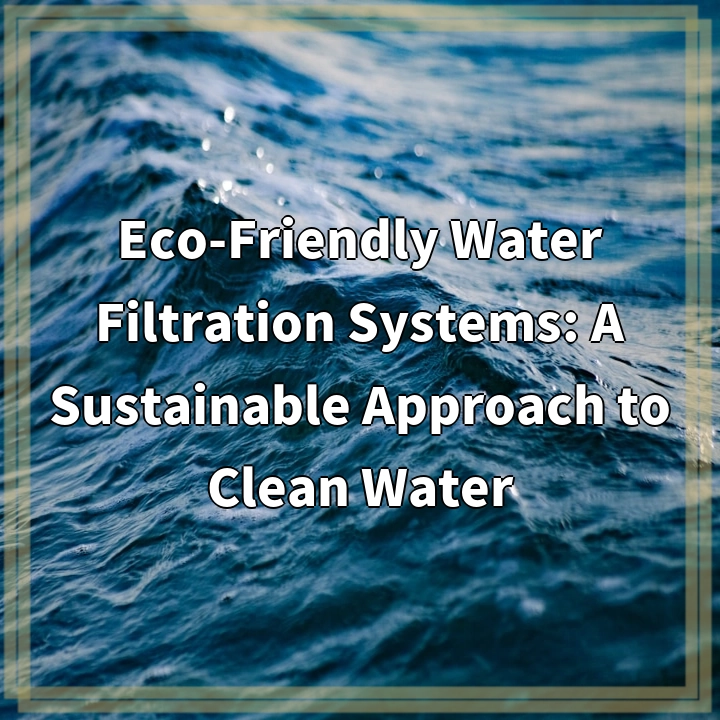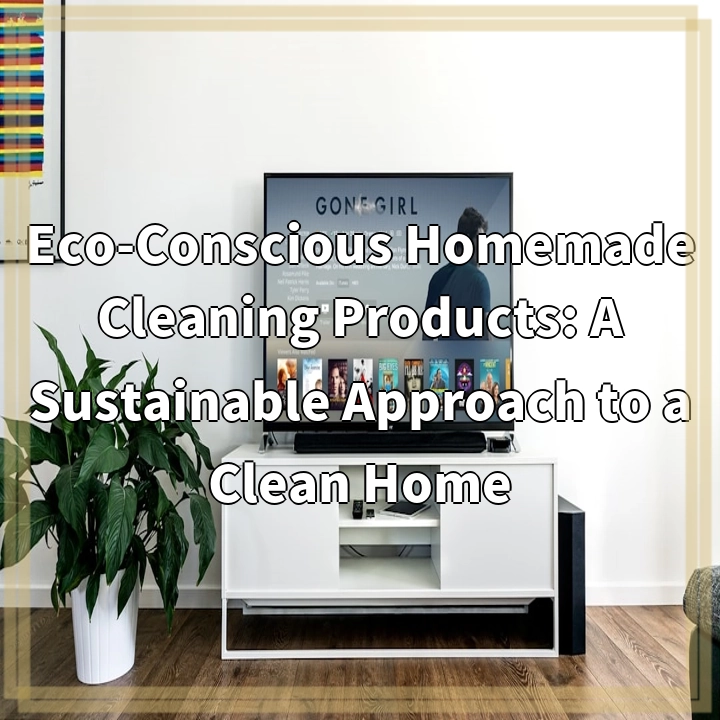
What it is:
Organic textiles are materials made from fibers produced without the use of synthetic fertilizers, pesticides, or genetically modified organisms (GMOs). These textiles are typically derived from organic farming practices that promote environmental sustainability and social responsibility. Common organic fibers include cotton, linen, hemp, and wool, all cultivated in ways that adhere to strict organic standards. The goal of organic textiles is to minimize the negative impact on the environment while ensuring a healthier end-product for consumers.
Benefits of Organic Textiles
One of the main advantages of organic textiles is their reduced ecological footprint. Organic farming practices encourage biodiversity, conserve water, and enhance soil health. Additionally, organic textiles are often produced using eco-friendly dyes and finishing processes, which further lessen their environmental impact. For consumers, organic textiles are generally safer as they are free from harmful chemicals that can cause health issues.
Real-World Problems
Despite their numerous benefits, organic textiles face several real-world challenges that can hinder their growth and adoption.
1. Cost of Production
Producing organic textiles is often more expensive than conventional textiles due to stricter regulatory requirements and the labor-intensive nature of organic farming. This higher cost is frequently passed on to consumers, making organic options less accessible for many people.
2. Limited Supply and Availability
The supply chain for organic textiles is still developing. Many producers struggle to source organic fibers due to limited availability, which can lead to supply chain disruptions. This limited supply can also affect product variety and availability in retail markets.
3. Market Awareness
Although awareness of organic textiles is growing, many consumers remain unaware of the benefits and availability of these products. This lack of knowledge can lead to lower demand, making it difficult for manufacturers to justify investments in organic production.
4. Quality and Performance Issues
Some consumers perceive organic textiles as inferior in quality compared to their conventional counterparts. This perception can stem from the fact that organic fibers often undergo fewer chemical processes, which may affect their durability and performance in certain applications.
5. Certification Challenges
The certification process for organic textiles can be lengthy and complex, deterring some producers from transitioning to organic practices. Additionally, varying certification standards across countries can create confusion in the marketplace.
Case Studies or Examples
One notable example of a company committed to organic textiles is **Patagonia**, known for its environmentally conscious practices. They use organic cotton in many of their products and actively promote sustainability in their supply chain.
Another example is **Eileen Fisher**, a clothing brand that has incorporated organic fibers into their collections and advocates for sustainable practices throughout the fashion industry.
These case studies highlight the potential for organic textiles to play a significant role in the shift towards sustainable fashion, despite the challenges they face in the real world.

Solutions for Promoting Organic Textiles
Addressing the challenges associated with organic textiles requires a multifaceted approach that involves various stakeholders, including consumers, manufacturers, and policymakers. Here are some potential solutions to enhance the growth and adoption of organic textiles.
1. Reducing Production Costs
To make organic textiles more affordable, efforts should be made to optimize production processes and improve economies of scale. Investing in research and development can lead to innovative farming techniques that reduce costs while maintaining quality.
2. Strengthening Supply Chains
Building robust supply chains for organic textiles is essential. Collaborations between farmers, manufacturers, and retailers can streamline sourcing and logistics, ensuring consistent availability of organic fibers. Establishing partnerships within the organic textile industry can also help mitigate supply disruptions.
3. Increasing Market Awareness
Enhancing consumer awareness of organic textiles can drive demand. Educational campaigns that highlight the benefits of organic textiles and showcase available products can help shift perceptions. Brands can leverage social media and sustainable marketing strategies to engage consumers effectively.
4. Ensuring Quality and Performance
To combat the perception that organic textiles are inferior, brands must focus on product quality. Conducting thorough testing to showcase durability and performance can help alleviate concerns. Transparency in the production process can also foster consumer trust.
5. Simplifying Certification Processes
Streamlining the certification process for organic textiles would encourage more producers to adopt organic practices. Standardizing certification criteria across regions could alleviate confusion and strengthen consumer confidence in organic labels.
6. Highlighting Success Stories
Showcasing successful brands and case studies that emphasize the importance of organic textiles can inspire others in the industry. Sharing narratives of companies like Patagonia and Eileen Fisher can motivate both consumers and producers to prioritize sustainable practices.
By implementing these solutions, the organic textile industry can overcome its challenges, promote sustainable practices, and make organic options more accessible to consumers, ultimately benefiting both the environment and society.















